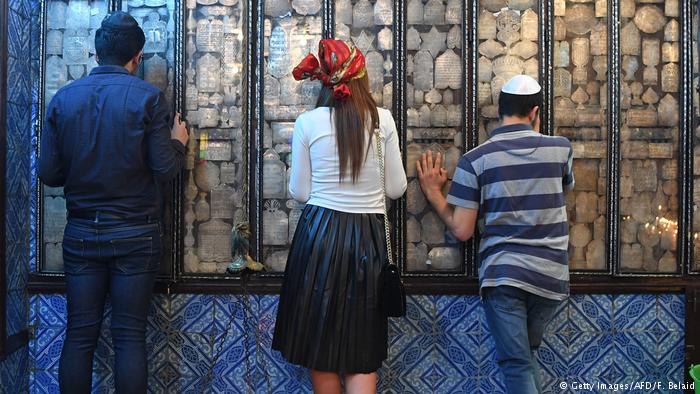By exhibiting MoCHA’s budgets, funding proposals as well as selected publications from its collection, el-Baroni had in mind shedding light on the the rise of institutional multiculturalism, which started in the 1980s and continues to shape the ways in which contemporary art is produced, exhibited and interpreted nowadays.
MoCHA’s slogan read: Education, Culture and Understanding, suggesting the beginning of new ways of looking at art as cultural index, explains el-Baroni in his talk titled Žižek Junior Goes Vernacular at the Townhouse Gallery of contemporary art last Sunday.
Multiculturalism, which origins lie in political philosophy, aims at developing “proper ways” of responding to cultural diversity beyond the mere toleration of differences. According to Slovenian cultural and psychoanalytic theorist Slavoj Žižek, multiculturalism requires all cultures to represent themselves the same way global capitalism targets all nations as possible economic colonies. Art becomes entrapped in a function of cultural representation and the boundaries are blurred between art and culture. Through its emphasis on the particularities of identity such as ethnicity, gender and sexuality, contemporary art has become synonymous with culture. Although institutional multiculturalism originally sought to empower the underrepresented others -be they minorities in developed countries or the people from the developing world- it supported artists through funding and exhibition opportunities as far as they met existing expectations of their cultures.
Therefore, artistic individuality was undermined and specific themes and media were fetishized as signs of authenticity. Art from the Middle East, for instance, is expected to critique authoritarian political systems or rebel against social and religious norms that are perceived as backward. Commended works succeed in tackling these issues while using cultural visual references. The indiscriminate lumping of contemporary art from peripheral countries — those that are distant from Western centers of artistic production– as “Arab”, “Middle Eastern” or “Islamic” art” is naïve and proposes limited readings of artworks as cultural indices as many artists acknowledge.
What is often overlooked, however, as el-Baroni’s highlights is how multicultural and post-colonial ideologies shape the way we identify ourselves and our artistic practices. We are often caught up in futile discussions on local versus Western origins of contemporaneity and on ways to strike the successful balance between the contemporary and the Egyptian. Such discussions also result from multicultural ideologies that subconsciously shape how we see our own artistic practices, explains el-Baroni. They resonate with Zizek’s definition of the “unknown knowns” as “the disavowed beliefs and suppositions we are not even aware of adhering to ourselves.” Although more common in developing countries with long colonial histories, these artistic practices are more of a global phenomenon.
Žižek Junior Goes Vernacular is a talk by curator Bassam el-Baroni and programmed by Hassan Khan in the framework of the Bidoun Library project currently on view at the Townhouse Gallery of contemporary art.




